Indigenous varieties of rice on verge of extinction as farmers opt for improved breeds
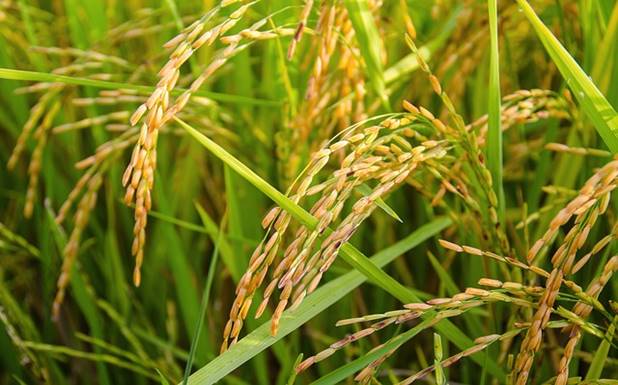
DEUKHURI, June 11: The indigenous varieties of rice are on the verge of disappearance here as more and more farmers are opting for improved breeds.
Until some years back, the farmers in Dang district used to grow the native breeds of rice as Sano Jira, Bindeshwori, Tilki, Mansuli, Marsi, Simtharo, among others. In recent years they have forsaken these local varieties and started cultivating hybrid varieties.
Dhaniram Chaudhary, a farmer of Ghorahi Sub-metropolitan City-9, said he has abandoned growing the local varieties since the last four years. He said although he used to cultivate the indigenous varieties before, he gave up growing these breeds as their production is very low and need much efforts compared to the improved breeds.
It is not only Dhaniram, another farmer, Mahesh Chaudhary of Ghorahi-6, also does not grow the local varieties of paddy these days. He has given up planting the native breeds of rice since the last three years.
"The production of Tilki variety used to be high. A pathi (about 2.5 kilogrammes) of seeds of this variety used to produce nearly a muri (approximately 100 kilogrammes). Its production has greatly decreased and it is not worth the efforts these days. It is no longer profitable to grow this variety these days," he shared.
According to him, before the production was large and they used to sell the extra rice they have grown to other districts. Now-a-days farmers in Dang district have started planting more productive and cost-effective hybrid varieties of rice.
The local governments too are encouraging farmers to grow the improved varieties. They have been providing 50 per cent subsidy to the farmers growing the hybrid varieties. The Ghorahi Sub-metropolitan City has distributed 61.5 quintals seed of improved breed rice to the farmers.
The Sub-metropolis Agriculture Section Chief, Chop Narayan Khanal, said they have been providing seed and other support to the farmers from the agriculture resource centre. Since the resource centre is within the metropolis itself, it is easier for the farmers to buy seeds and other agricultural inputs.
As he said, the sub-metropolis has allocated Rs 240 thousand for the purchase of rice in Ghorahi area.
Some of the 10 local governments in Dang have also distributed the rice seeds to the farmers in their respective areas with the beginning of the rice cultivating season.
The farmers in the district grow hybrid varieties of rice as Sabitri, Radha 4, Sunaulo Sugandha, Loktantra, Gorakhnath, Loknath and US 312, among others. Similarly, they cultivate the Sukhkha-1, Sukhkha-2, Sukhkha-3 varieties that are fit for growing in dry areas.
Out of the total 2 million 905 thousand 500 hectares area in the district, 69 thousand 950 hectares is cultivable. Of this cultivable land, 65 thousand 980 hectares is under cultivation. Similarly, 19 thousand 651 hectares is irrigated throughout the year while 309 thousand 211 hectares is only seasonally irrigated, Agriculture Knowledge Centre, Agriculture Extension Officer Rudramani Poudel said.




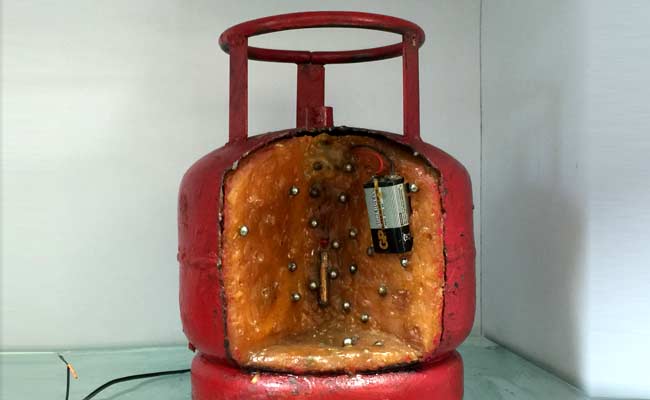
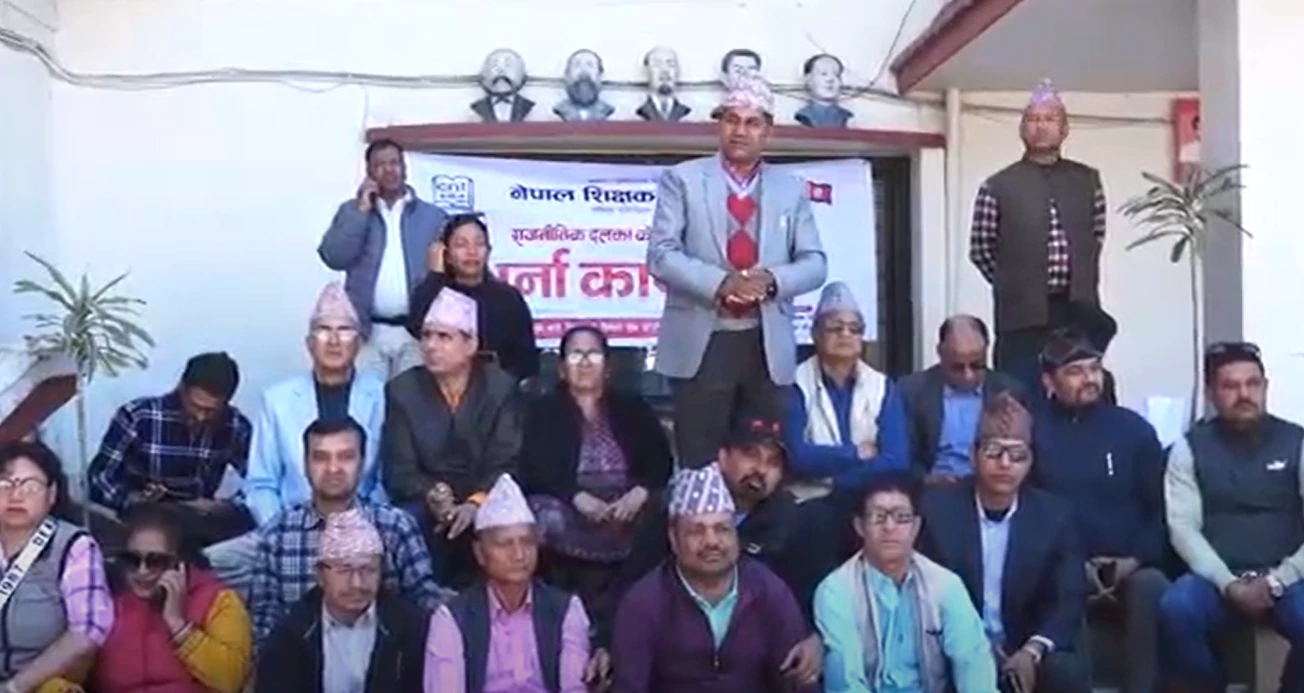
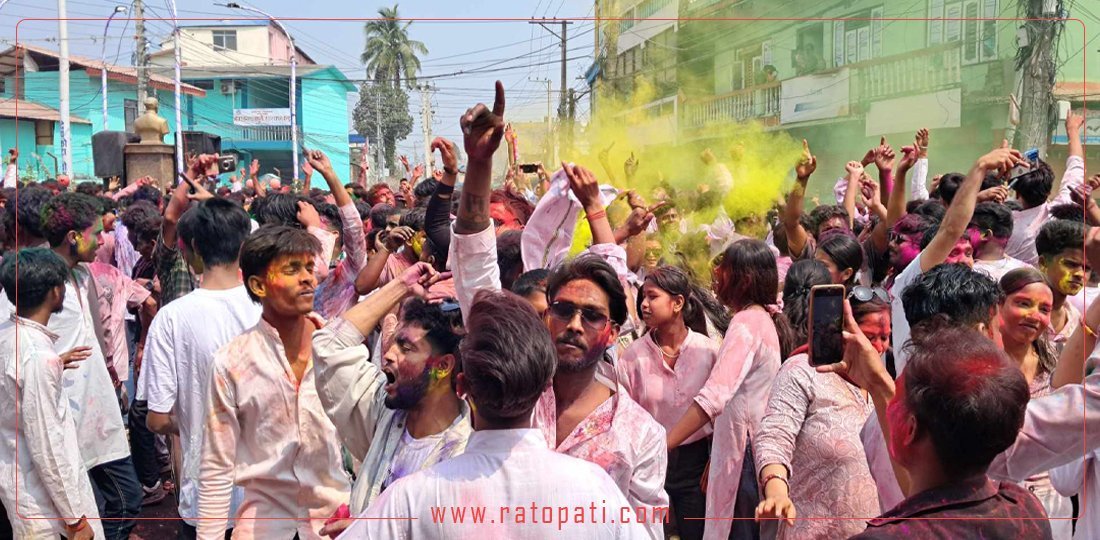

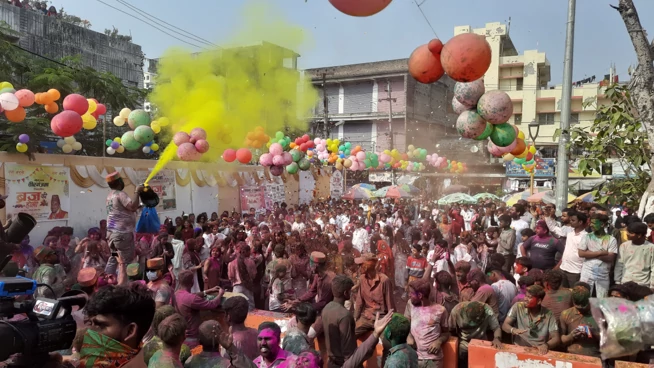
Leave Comment